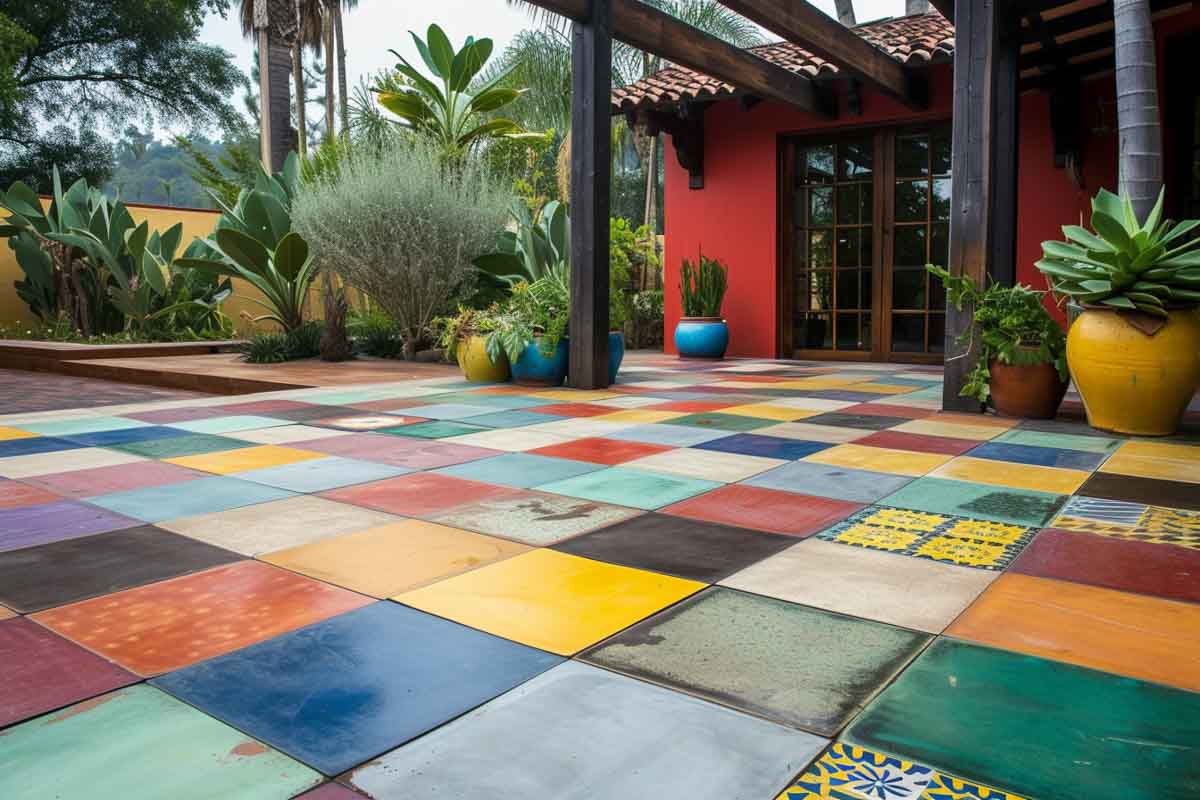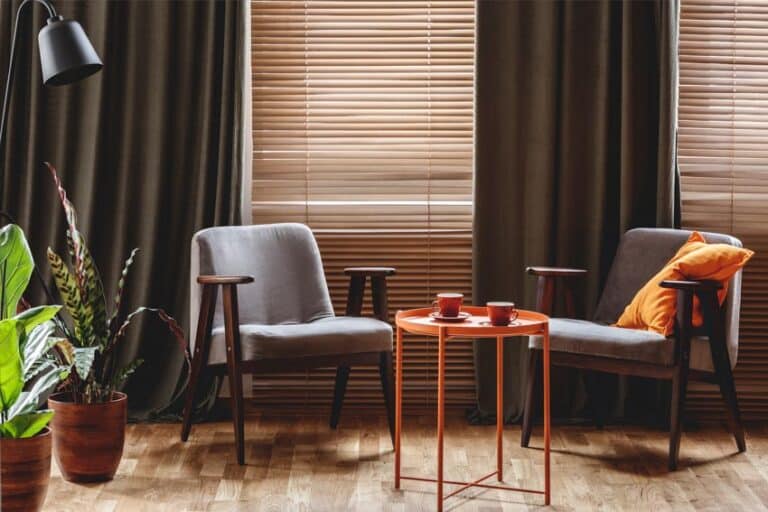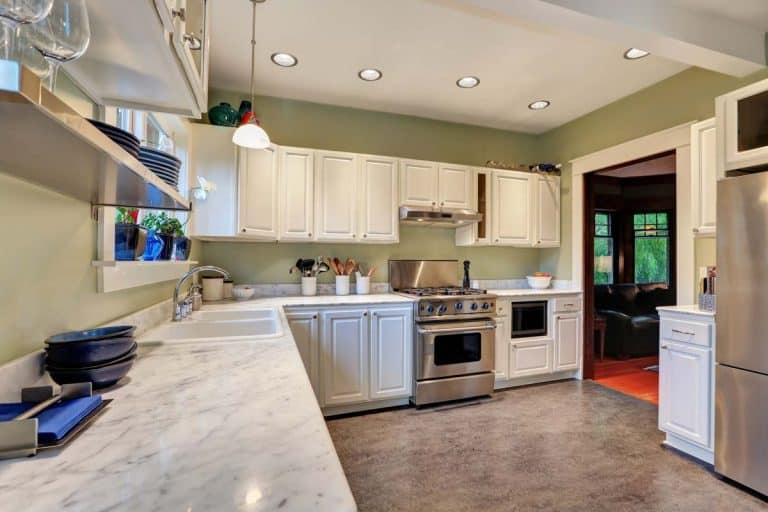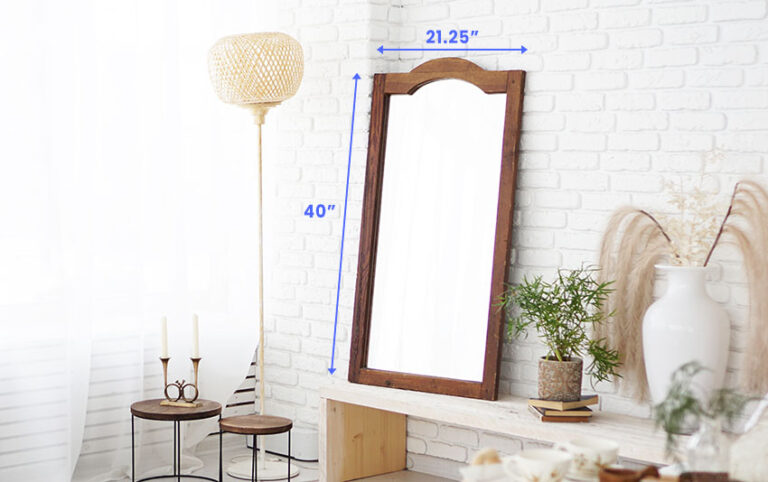What Type of Flooring Can You Put Over Ceramic Tile?
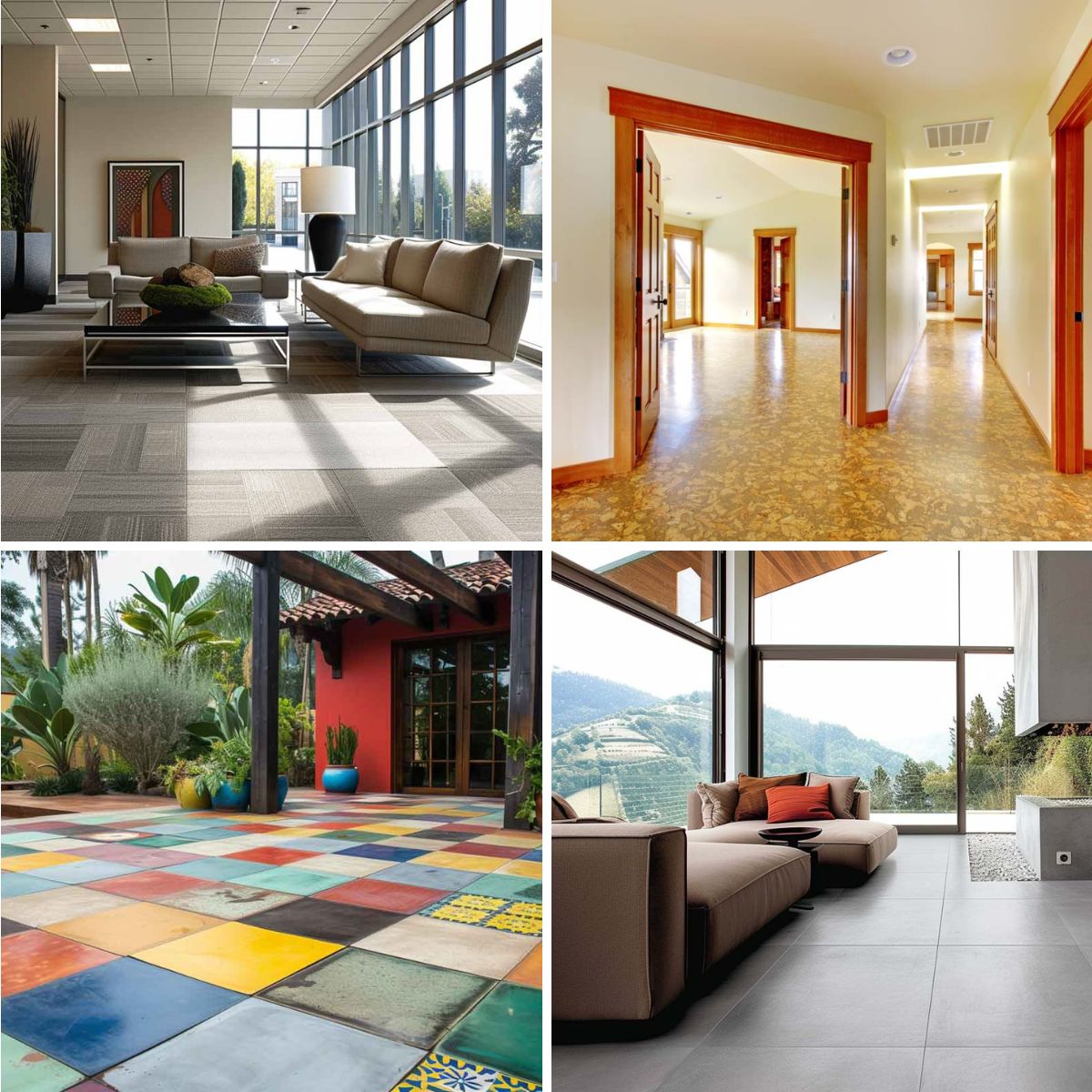
If you’re searching for what type of flooring you can put over ceramic tile, we’ve listed here the best types to liven up the look and that work well. Before choosing which type to use, determine the conditions of your ceramic tile. There are certain materials that best suit ceramic tiles that are in good condition or damaged ceramic tiles.
Ceramic tiles are one of the earliest and most common floor tiles used in the early history of home construction. Like any other material, it will receive obvious wear and tear, especially ceramic tiles that are under heavy traffic. Below I’ll share my experience in the architectural industry so you can find the benefits of each type.
Types of Flooring You Can Put Over Ceramic Tile
| Flooring Type | Pros | Cons |
|---|---|---|
| New Ceramic Tiles | Ensures even placement and no cracks | Time-consuming and requires extra work |
| Laminate | Cheap, easy to install, and comes in a variety of styles and colors | Fades over time and disintegrates when exposed to excess moisture |
| Vinyl & LVT | Stylish, durable, and easy to install | Tends to fade when exposed to sunlight for a long time |
| Wood | Can be floated with an underlayment instead of nailing or stapling | Not ideal for rooms with high moisture content and can break or damage ceramic tiles |
| Carpet | Easy and low-cost solution, even out uneven surfaces | Cold, hard surface may still be felt, and broken tiles need to be fixed first |
| Epoxy Coating | Low-cost and easy-to-install option, bonds well on rough surfaces | Needs grinding to roughen the surface and grout lines need to be clean and free from oil contamination |
| Cork | Water-resistant, gentle on feet, and can withstand wear and tear | Limited to bathroom or kitchen areas only and becomes brittle or weak when exposed to extreme weather conditions |
| Color Concrete | Long-lasting application and stylish | Hard on the feet, difficult to remove and cold. |
Laminate Flooring
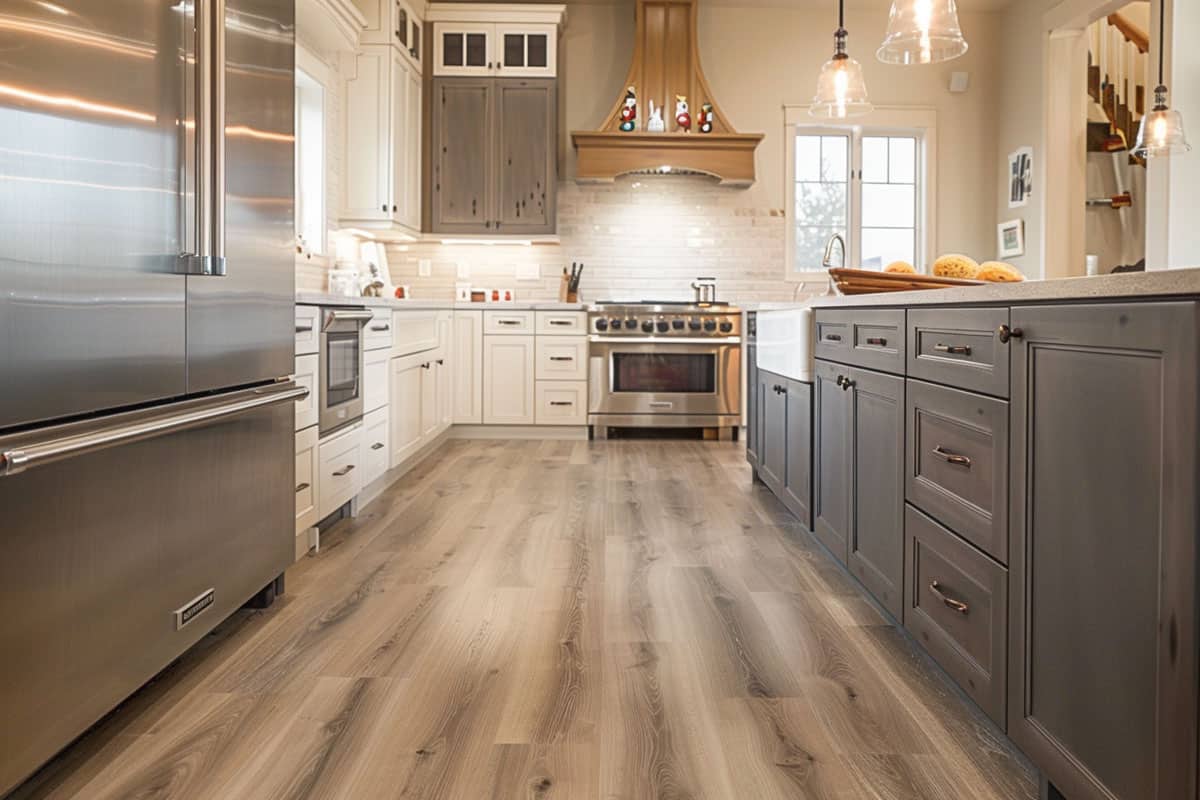
Best for Temporary Installation (For Ceramic Tiles with None to Minor Issues): If you have ceramic tile flooring with minimal damage, such as hairline cracks, but it is relatively flat and level, then laminate flooring is an excellent choice.
Laminate flooring is a type of flooring material and system that has layers of different materials fused to create a plank system similar to that of your hardwood floors. One of the advantages of laminate floors is that you have a click-and-lock system that allows the plank to settle and move against the ceramic tiles during temperature changes. This prevents misalignment and damage to the new flooring and subfloor.
Placing a flooring underlayment not only evens out any imperfections but can also act as a moisture barrier. However, take note that there is an underlayment that will need an additional moisture barrier, depending on your needs. There are laminate options that come with an underlayment barrier or built-in moisture layer after your backing layer.
Barbra Scarpulla of the Decor Formula recommends using products like Pergo XP with moisture lock for floating flooring over tile, that provides a practical and aesthetically pleasing solution.
• Quick installation is due to the click-and-lock (tongue and groove) installation system.
• Can simulate the look of wood and other organic materials, particularly the embossed type of laminate.
• Owners have the freedom to choose from budget-friendly to luxury laminated floors.
• Embossed, glossy, smooth, and textured and a low maintenance surface.
Tip: Choose Direct-Pressure Laminate or DPL, as the engineered wood provides excellent durability for residential use.

If you’re low on budget, laminate flooring is a cheap solution that goes well over ceramic tiles. They come in a variety of styles and colors. Some even resemble natural wood. It’s a great choice if you want to add an element of warmth to your home.
Laminated floors are also fast and easy to install because it doesn’t need any adhesive. It’s the ideal flooring solution if you lack the time and energy to install new tiles. This type of flooring has one drawback, though. Its top layer fades off over time. It also tends to disintegrate when exposed to excess moisture.
Vinyl Flooring

Vinyl flooring is a stylish and durable flooring solution that is easy to install. Some vinyl installation types include peel-and-stick, self-adhesive, and interlocking vinyl floor tiles. If the top of your old floor is clean and even, you can just lay it down directly over the tile.
Vinyl floor tiles are low maintenance, too. You can find water-resistant vinyl tiles that come in realistic hardwood and granite designs. Traditional vinyl flooring, however, tends to fade when exposed to sunlight for a long time. So it’s not recommended for outdoors or rooms that get a lot of sunlight.
Luxury Vinyl Tile
One of the easy to install options is to use luxury vinyl tile (LVT) or luxury vinyl plank (LVP) flooring directly on top of your tiling. According to experts at Floor City, LVT is suitable for areas with water exposure, while LVP offers longer pieces for a more authentic wood effect.
For this to work you must have a ceramic surface that is smooth, clean, and dry. Make sure to fill any grout lines or uneven areas with a patch or leveler compound so the floors are completely flat.
Use a tile primer/sealer on the ceramic before installing the vinyl. This helps the vinyl adhere properly. Make sure to let the primer dry completely. Choose an LVT or LVP product rated for use over existing hard surfaces. A stone plastic composite or rigid core vinyl is best. The new flooring should be at least 2-3mm thick.
It’s a good idea to use vinyl with a pre-attached underlayment or use a separate cork underlayment. This creates a thermal break and between the old and new floors which will help keep noise down.
Avoid securing the planks with permanent adhesive since ceramics doe not flex. Use a floating installation method instead and be sure to leave small expansion gaps.
Another alternative to LVT that has a solid layer is linoleum, which can also be laid on top. Although when comparing the two, LVT does not dent and scratch as easily.
Wood Flooring
Wood flooring can also be placed over your old ceramic tile floor. However, there are a few exceptions to consider.

Wood flooring is not ideal in rooms with high moisture content. Moisture can warp or destroy the edges of the plank. With that in mind, you need to fill the grout lines of your ceramic tile to prevent moisture from pooling underneath the cracks.
The common installation method for wood flooring is nailing or stapling planks to your subfloor. If you do this, it can break or damage your ceramic tiles. Instead of solid wood, engineered wood flooring is the best option. Read more about the cost of hardwood flooring here.
Engineered wood is between 5/16 and 5/18 – inch thick. They also come with an interlocking system, so it can be floated with an underlayment instead of nailing or stapling it.
Carpet Tiles
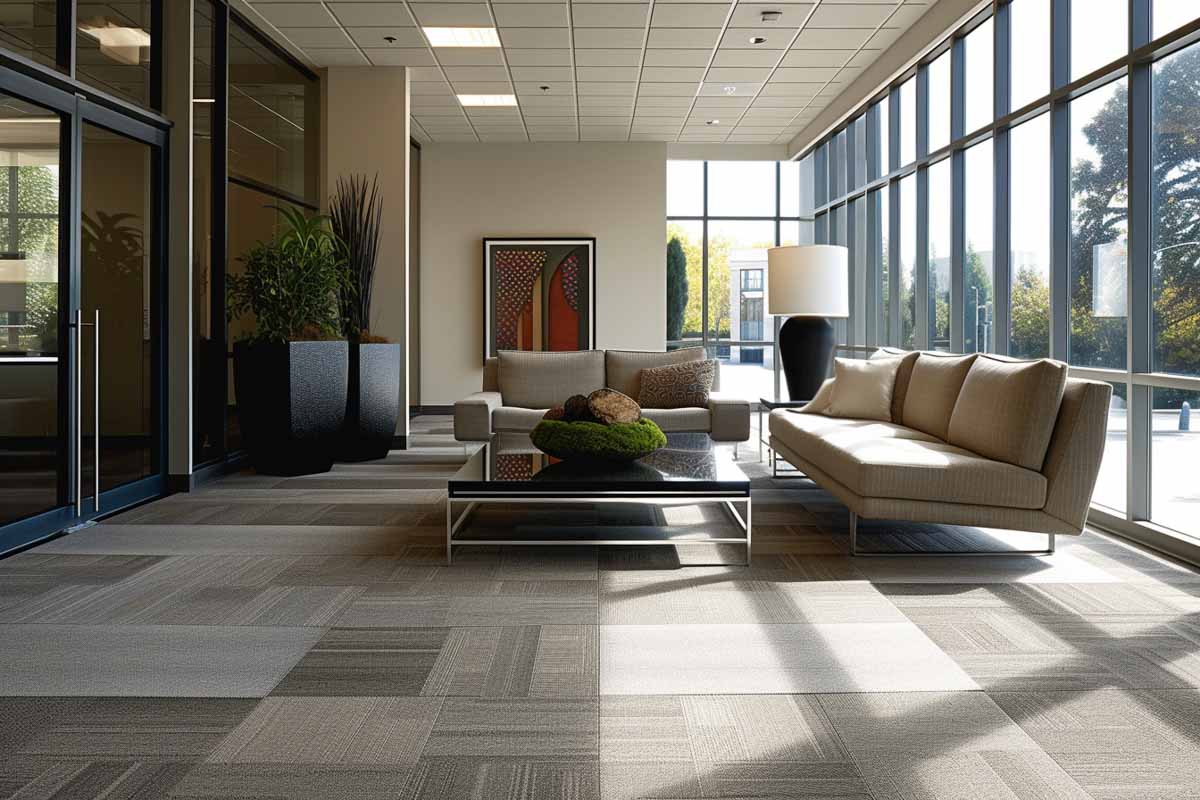
Best for entertainment and social areas (for Ceramic tiles with Minimal damage): When you want to replace your cold and hard surface but still have relatively good ceramic flooring, consider carpet tiles. These have the properties of your typical carpet, but in a modular system, so it’s easier to maintain and clean.
Most carpet tiles will have interlocking edges that connect adjacent tiles so that they stay in place. You can easily remove a carpet tile when it is damaged and replace it. When you decide to retain your ceramic tiles underneath, simply remove your carpet tiles.
• It is fast and easy to install and has a tiled appearance.
• Improves the acoustic properties of a room, such as minimizing echoes, and adds a sound buffering system.
• Carpet tiles are more comfortable to walk on because of the added cushion and thermal insulation.

Carpet is another easy and low-cost solution if you want a new flooring over your ceramic tile. Before installation, check for any broken tiles or a hollow sound when tapping the tiles. That’s an indication that the tiles are coming off. You need to re-attach or replace those broken tiles first.
One of the challenges of laying a carpet over ceramic tiles is you can still feel the cold, hard surface. So choose a thicker carpet as much as possible — the thicker, the softer it is.
Experts recommend using a 10mm-thick (or more) carpet flooring. Aside from keeping out the cold, it will also even out any uneven surfaces below.
Epoxy Flooring
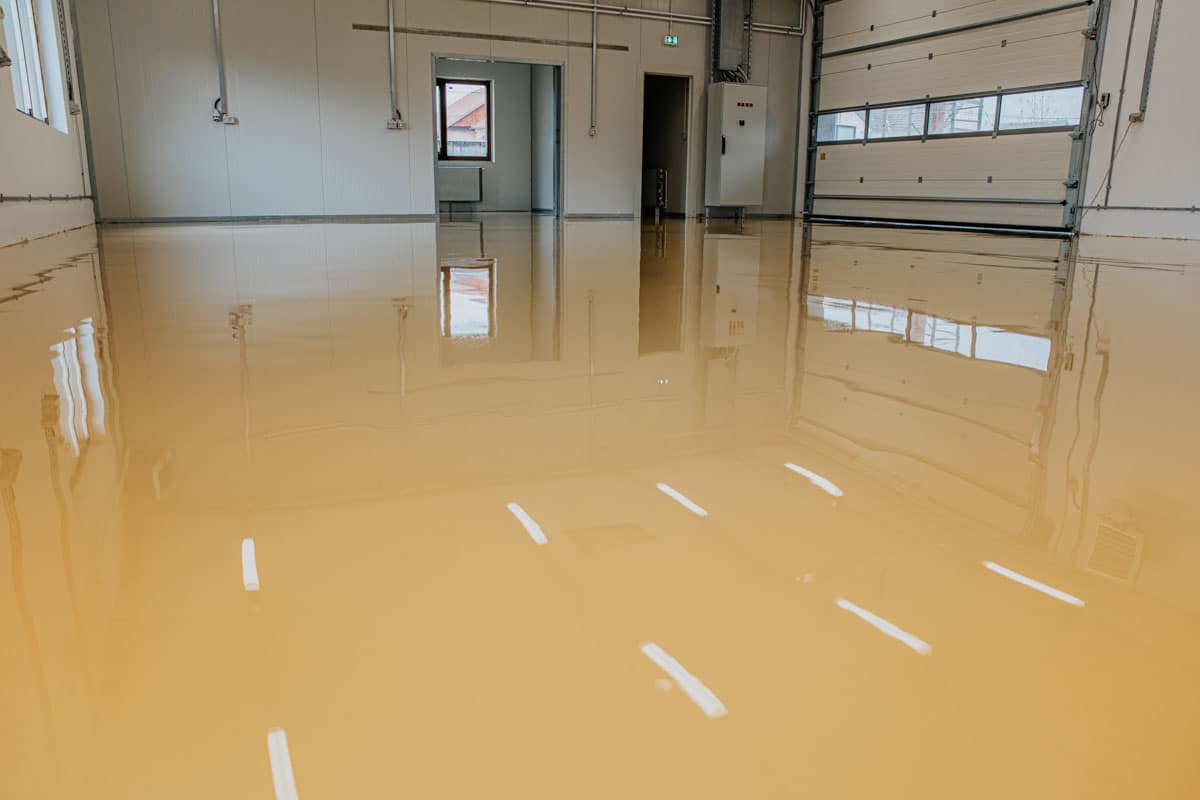
Best for Rooms Exposed to Chemicals (for ceramic tiles with medium to major cracks): This flooring material is a great option if you are refurbishing a garage or kitchen area, as epoxy is known to have excellent resistance to chemical damage.
When cured properly, epoxy is known to be very durable and resistant to dents and scratches, making it suitable for high-traffic areas. The process of installing your ceramic tiles using epoxy can be labor-intensive, as you need to store your ceramic tiles to allow the existing material to adhere to your epoxy floor. This can take time, but labor is reduced as you don’t need to remove your existing ceramic tiles, haul them, and clean the area.
• The liquid epoxy can fill in cracks and other uneven surfaces on your ceramic flooring.
• The design possibilities are endless with epoxy floors, and you can customize the pattern and color to simulate marble or other types of natural stone veining.
• Very durable material that can last around 10 to 20 years of its service life.
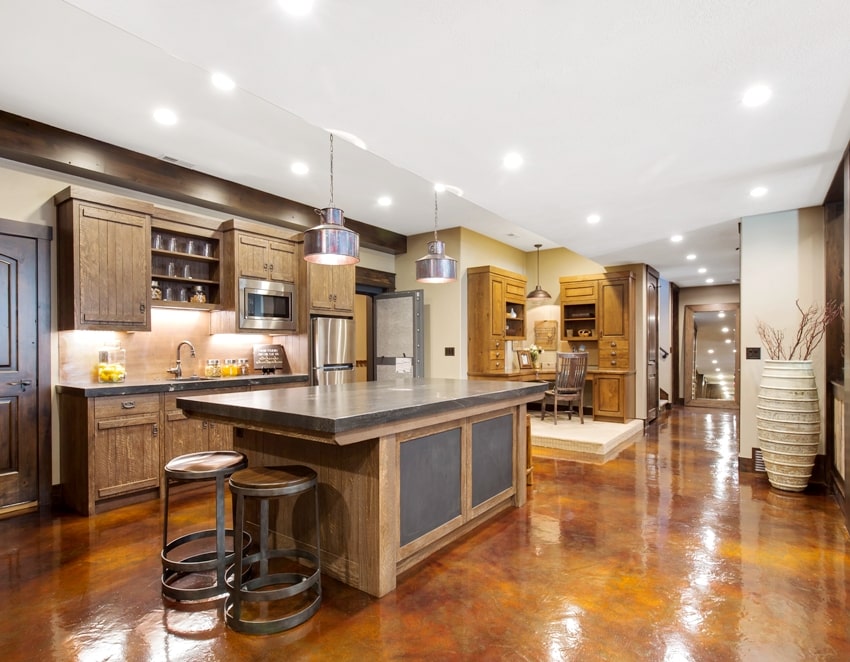
Applying epoxy coating on ceramic tiles sounds impossible. But yes you can use it as another low-cost and easy-to-install option. Just remember: epoxy coating bonds well on rough surfaces. So if you have glazed ceramic tiles, it needs grinding to roughen the surface.
You also need to check the grout lines are clean and free from oil contamination. If left alone, they can become a headache during and after installation.
Colored Concrete (Integral Coloring)
Best for Outdoor Areas (for ceramic tiles with medium to major cracks): One of the common problems with patio floors is that most ceramic tiles will fade over time due to exposure to the elements.
Concrete can be colored in several ways, such as through staining, dying, integral coloring, and the application of color hardeners. However, if you want a lasting concrete color that seeps through every inch of the concrete slab, use integral coloring.
Most people are accustomed to thinking of concrete primarily as a utilitarian substance, but it can also mimic a variety of flooring types and be a colorful and beautiful addition to your home. – Black & Decker The Complete Photo Guide to Home Repair, Editors of Creative Publishing
This method involves concrete powder that is poured during the concrete’s liquid state or comes in a premixed color, which means the cement powder comes in the color required. So even if the concrete slab is chipped or dented off, the same color is revealed underneath. This reduces unsightly dents or cracks from showing off due to the white or gray natural color of the concrete underneath.
• There was no fading of color due to the through-and-through coloring.
• Dents and cracks in the ceramic tiles are filled, creating a leveled surface.
• Inexpensive flooring material that can be easily retouched or removed with reduced labor and cost.
• Concrete surfaces can last 20 to 40 years, depending on the mixture ratio you require.
• The liquid state of concrete during installation allows you to cover complex shapes.
Concrete Tiles

Best for interiors located in hot and humid areas – (for ceramic tiles with minimal damage): If you love the look of tiled flooring and the versatility of concrete, then concrete tiles are a perfect option. Concrete tiles are also great for homes located in hot and humid areas as they keep the floors cool, but be sure that they’re not exposed to sunlight as they can retain heat.
If you plan to install them outdoors, you might want to consider concrete tiles with drains, as they are designed to allow water to drain off through the holes or perforations.
• Cost-effective option as concrete tiles are generally more affordable compared to other types of concrete.
• Comes in a wide range of designs and price points.
Cork Flooring

Best for People with Respiratory Allergies (For Ceramic Tiles with No to Minor Issues): If you or any of your family members are easily triggered by dust or other common allergens, then cork flooring is a great option.
In addition, it creates a more comfortable flooring material if you want to replace the rigid ceramic surface. However, cork flooring is not advisable to be installed in areas that receive a lot of moisture or dampness.
• You’ll find biodegradable and recycled cork.
• Because of its cellular structure, where there are air pockets, cold and heat are not easily transferred on the flooring material, the reason why it’s comfortable to walk on.
• Helps to buffer sound coming from a lower floor as well as dampen sound and reduce reverberation.
• While there are attractive designs today to choose from today, the designs available are as not varied as your laminate, vinyl, linoleum, and other plastic-based materials.
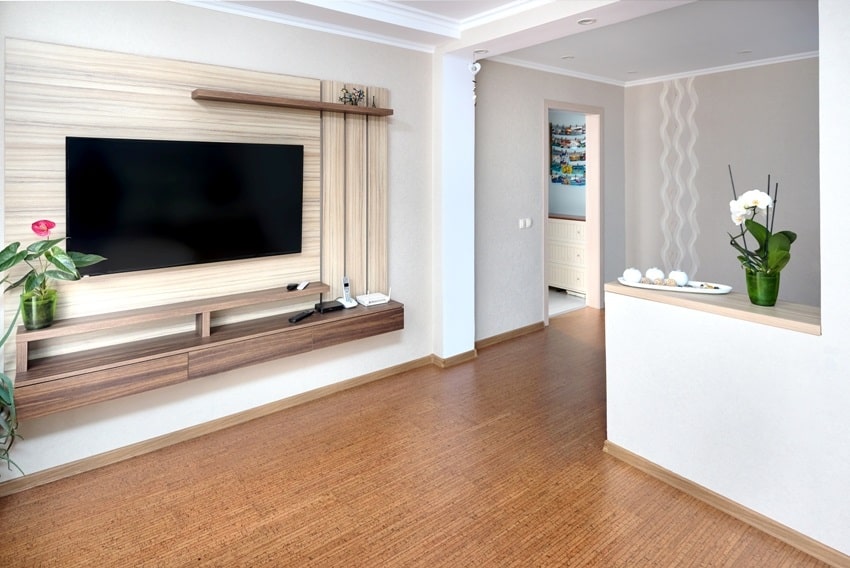
Cork flooring can also be used over ceramic tiles. It’s a good choice for areas where water is likely to be spilled most often, like the kitchen or bathroom. Cork is naturally water-resistant. It absorbs water more than a sponge without the sogginess. That’s the reason why it’s used as a stopper on wine bottles.
Compared to laminate flooring, cork flooring is gentler on the feet and can withstand the usual wear and tear longer. However, it is limited to bathroom or kitchen areas only because cork becomes brittle or weak when exposed to extreme weather conditions.
Ceramic Tiles
Yes, you can put new ceramic tiles over new ones. Just make sure the old tiles are evenly placed and have no cracks.
Before installing the second layer, sand the old tiles to allow the new tiles to stick and set properly. In some cases, you might do some patch leveling so the new tiles can sit evenly.
Another thing to check out before installing new tiles — check out for mildew and deep discoloration. Any sign means an absorption issue that can worsen when you put over new tiles. It is better to remove the tiles all together and replace them with new ones.
Potential Problems
Here are some potential problems to look out for when covering old tiling.
Unevenness – Any existing unevenness, bumps, or cracks in the ceramic tile will likely show through the new flooring and create an uneven surface. This can lead to safety issues or the flooring not laying flat.
Moisture issues – Trapped moisture between the existing tile and new flooring can cause warping, mold growth, or damage to the new floor over time. Proper moisture testing and remediation is essential first.
Excess weight – The combined weight of the ceramic tile and new flooring could be more than the subfloor was designed to handle, leading to potential sinking, cracking or structural issues. Reinforcement of the subfloor might be needed.
Thickness – The added thickness from installing flooring over existing tile can cause transition problems at doorways or areas where the new flooring stops. Trimming doors or transitions may be necessary.
Interior stylist, Tasha Agruso explains that while installing new flooring over ceramic tile can be convenient and cost-effective, there are potential drawbacks to consider. These include the increased thickness of the floor, which may require adjustments to doors and trim
Removal difficulties – If you ever want to remove the top layer of flooring later, it can be extremely difficult to take it up without also damaging the ceramic tile underneath. This limits future flexibility.
Lippage – If the existing ceramic tile is not perfectly flat, slight ledges or “lipping” at the grout lines will likely telegraph through the new flooring and be unsightly. Grinding or filling in the grout lines can help address this.
What Glue Should I Use To Install Flooring On Ceramic Tiles?
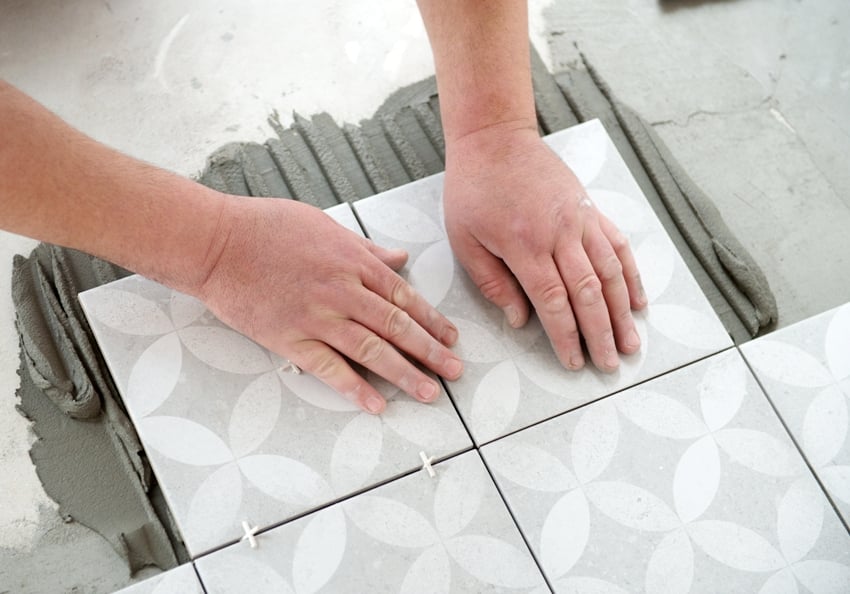
Different flooring types need different adhesives. Whether or not you will install the new flooring material, being aware is still an advantage.
Carpets don’t require an adhesive. But all-purpose flooring glue is used to keep the corners or borders in place. It also protects the ceramic tile underneath. So when you want to remove the carpet in the future, the tires are still preserved.
Laminate flooring doesn’t require adhesives as well, provided the ceramic tiles are even. This type of flooring usually uses joints to gain stability.
Hardwood flooring, on the other hand, uses urethane adhesive. It sticks the hardwood permanently over the ceramic tile.
Cork flooring needs a cork-specific adhesive. If you plan to use this type of flooring, let experts do the installation because cork is delicate and sensitive.
The Verdict
So what’s the best flooring material for ceramic flooring?
The answer depends on your needs and budget as well as the area you want the new flooring installed. However, for a quick and easy install thgat can also be removed laminate is a great choice. If you want to cover and protect the tile underneath from damage, carpet may be an effective option.
Should You Remove the Tiles?
Ceramic tiles are a very versatile flooring material. These types of tiles work in any room of the house because of their wide range of design options.
Ceramic tiles are also easy to clean — you can easily wipe dust and dirt from the surface with a mop or sponge. Most of all, ceramic tiles are very durable and do not break easily
They’re also tough to remove. So if you are planning to change your ceramic tile flooring with another material, here are a few things to consider:
- Removing ceramic tiles is a dirty and labor-intensive process.
- Ceramic tile removal is expensive. Removing them costs around $5 for material and around $7 for labor per square foot.
To save money and labor costs, many homeowners decide to just put over a new flooring type over ceramic tile. For more related ideas visit the types of flooring materials for interior design page.

